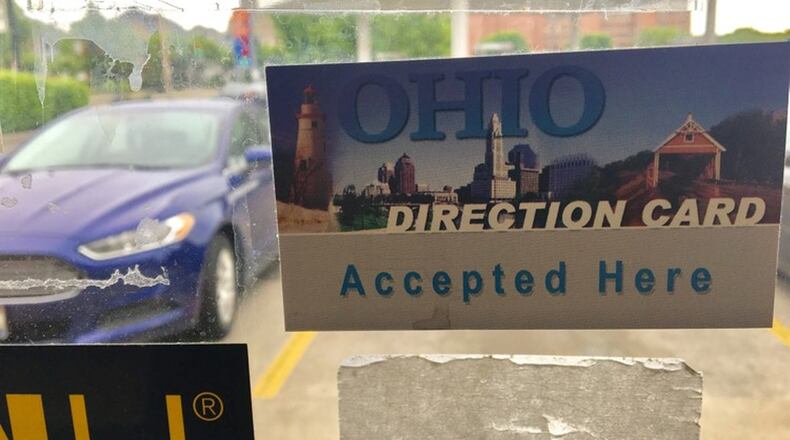Did you eat syrup sandwiches or sliced bread sprinkled with sugar instead of donuts?
Did you know the value of food stamps by their colors?
Or was your poor the realization that your family couldn’t afford to vacation in Europe or California or Chicago or even Cincinnati?
Did you envy the kids with their own cars?
Did you wish your parents could just give you the money for the senior trip to Washington D.C.?
“Poor” has an official Webster definition: “lacking money or material possessions.”
The U.S. Federal Poverty guidelines used to determine financial eligibility for several government programs sets the poverty line at $16,240 for a family of two; $24,600 for a family of four; $41,320 for a family of eight and so on.
But most people don’t think of it that way.
“Poor” is subjective.
Perspective.
To many, “poor” is the actual or perceived notion that you didn’t have what other people seemingly had.
In a sense, it is the kid version of keeping up with the Joneses.
Dick and Jane had all the fun and all the things.
Baby sister Sally and doggie Spot also lived the life.
See Jane.
See Jane run.
Run, Jane, run!
How real is you memory of your poor upbringing?
Were you poor if you were eating donuts when everyone else in your neighborhood was eating sugar sandwiches?
Were you poor if you had a used car and all your friends were taking the bus?
Were you poor if you were taking the bus when everyone else had a used car?
Would a trip to Cincinnati be an exotic adventure because your family could barely afford a trip to Kettering?
Is it better to be raised to be rich in spirit despite limited material possessions or with everything at you fingertips and not a lick of humanity or common sense?
Is it better to eat the chicken or eat the egg?
The fact is that poverty is a real thing in the Miami Valley.
Montgomery, Greene, and Preble counties have a 16.8 percent food insecurity rate compared to the national average of 12.7 percent, according to Map the Meal Gap 2017, Feeding America’s annual report.
In other words, one in six people in this community have no idea where their next meal will come from.
One in five of our community’s children are food insecure, according to the reports summary posted on The Foodbank of Dayton’s website.
What does that say about how our community loves our children?
How do we make more Janes run?
About the Author

